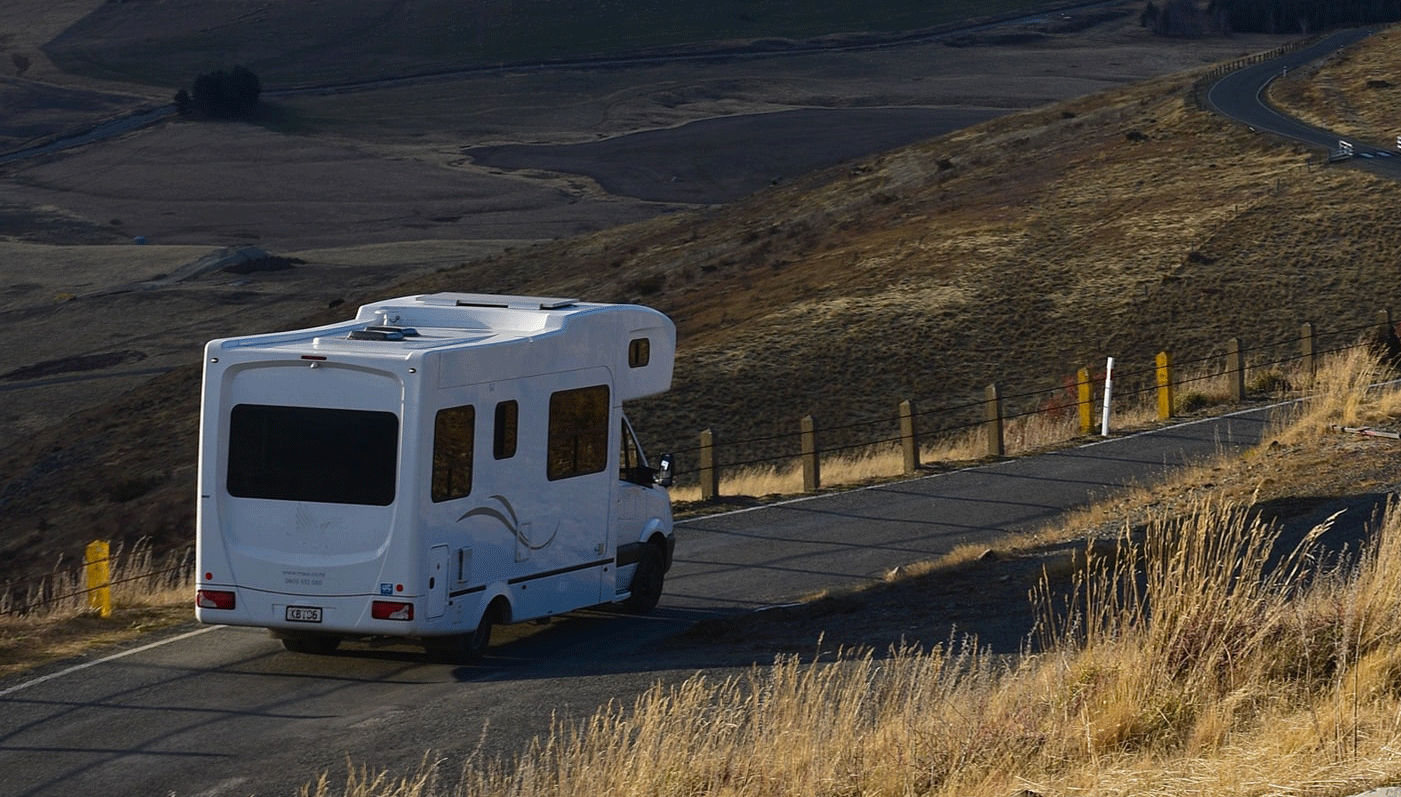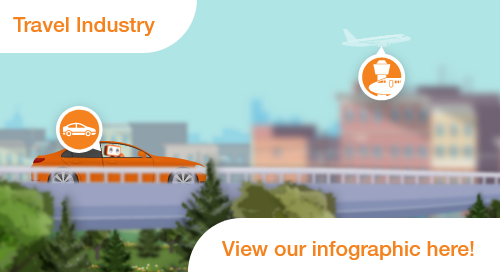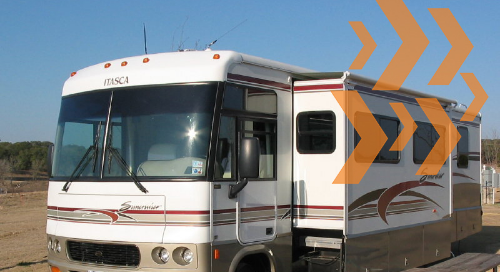
Bearings are on the move! Well, I suppose they always are… but today, we going to talk about a different kind of movement—along the highways and byways of the open road. In this blog post, I will be focusing on different applications that have been used within the
motor coach and RV industries, but specifically ones that might also be found within an array of other industries, such as
boat and yacht interiors,
aircraft interiors, over-the-road semi-truck cabin interiors and a ton of
automotive interiors, seats, windshield wipers, pedals and the list goes on.
There are a few unique benefits that only
plastic sliding bearings offer, and if you are not very familiar with them, here are just a few of the main ones:
- Dry running, maintenance-free, and do not require wet lubricants like oil or grease.
- Lightweight and also well suited to run on lightweight shaft materials like anodized aluminum.
- Corrosion-resistant and do not rust or oxidize.
- Durable and work well in high-vibration environments.
- Dirt and dust-resistant and able to thrive in bad environments.
- Very quiet when compared to metallic/ball bearings.
All of these benefits make them ideal for applications within the
RV/Coach/Bus conversion industries—and let’s not forget camping trailers as well.
Where are they used?
Furniture applications
There are a ton of
applications for furniture that utilize
sliding plastic bearings. From
press-fit plastic bearings that are used within the pivot-points atop of chairs and table hinges, to
low-profile linear plain bearings and rail systems used for headrests, footrests and table-extension slides.
Plastic telescopic slides can also be used for drawers, while
curved rail systems can be used for cabinet doors that need to open on a radius.
Press-fit bearings have also been used in door and hatch pivots.
Related: RV slide outs: everything you should know
What makes
sliding plastic bearings so perfect for these applications? Mostly, it’s the fact that they are clean, grease-free, and won’t get on the passenger’s clothes. Also, due to the
embedded solid lubricants, you can be sure that the coefficient of friction will not change over time, which means the parts will move the same in year ten as they did on day one. The low mass of these bearings also keeps the vehicle’s overall weight down, saving on fuel costs. Another benefit is that they are often offered with preloaded parts, like
pre-loaded bushings and
linear guides to keep vibrations down and prevent rattling. They also help retain a nice friction-force, which helps manual applications maintain a consistent drive force.
Awnings: Due to how they rotate,
plastic plain bearings are often found within awnings, which are commonly found on the exteriors of RVs, coaches, and campers. The main benefit here is that plastic bearings work particularly well within exterior applications due to the lack of oil and grease. They are also vibration-dampening and quiet to help you keep it made in the shade.
Pocket Doors: Pocket doors are not only customary within these vehicles but also numerous, particularly within
bus conversions and motor coaches.
Belt-driven linear actuators designed with linear plain bearings are becoming more and more popular within these applications as a replacement for ball bearing actuators that utilize pneumatics. The primary benefit here is that they are considerably quieter—not only when they move, but also due to the fact that there is no noisy air compressor since they are driven by
24V DC motors. Additionally, there are
low-cost DC motor drivers that are very easy-to-use, which can drive these systems as they open and close.
Media Slides: I almost lumped these in with furniture, but due to their growing popularity, I thought that it was only right to give them their own paragraph. Ever since flat-screen TV’s became so slim and lightweight, they have begun to appear more frequently within
recreational vehicle interiors—and customers want them to move. Some of them slide out vertically from behind a cabinet via
linear guides with
lead screws, and some of them are even covered by artwork that slides out of the way when someone wants to watch the tube. All of these slides benefit from the clean and quiet performance of
plastic linear guides, which are often converting rotary motion via lead screws and for the same reason. Since these rail systems often get quite long, the fact that these bearings can run on aluminum guide rail systems also contributes to keeping the weight down. However, TV’s are not the only media devices that are on the move these days—tablets and computer monitors are also appearing more often, especially within the driver’s cockpit. Not only is this a growing trend within the
RV industry, but also within other “in-cabin” applications, like
agricultural machines and other
off-highway machinery. Again, linear guides and curved rails make these suitable for clean motion while moving around a radius.
Stairs: Plastic linear bearings can also be found on the main pivot-points atop steps that deploy down from the cockpit towards the street. Their ability to withstand dirt, dust, rain moisture, sleet, and snow and to oscillate easily due to the dry-lubricant combined with high static loads, makes them perfect for these applications.
These are not the only
RV and trailer applications where you can find
plastic linear bearings, but they are some of the most common. And, they all share the same main benefits:
- Dry-running and clean, which keeps these very expensive interiors, and their inhabitants oil-free.
- Super quiet and vibration dampening—contributes to the aesthetics of these expensive machines.
- Weather and corrosion-resistant.
- Lightweight and help reduce fuel consumption.
- Constant coefficients of friction without required maintenance to maintain consistency.
If you are interested in speaking with an expert about linear guides and bearings for your system or machine, please do not hesitate to contact Matt Mowry, drylin® Product Manager.




